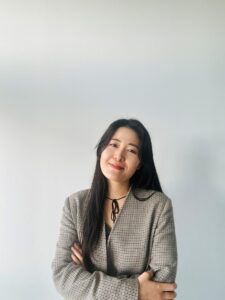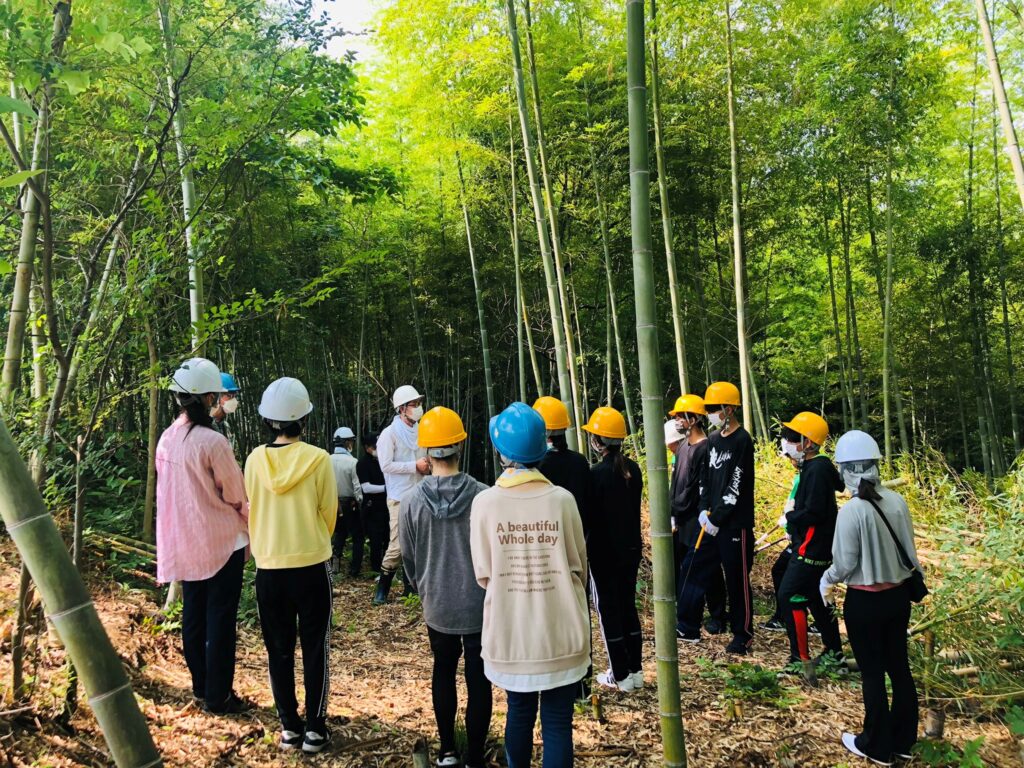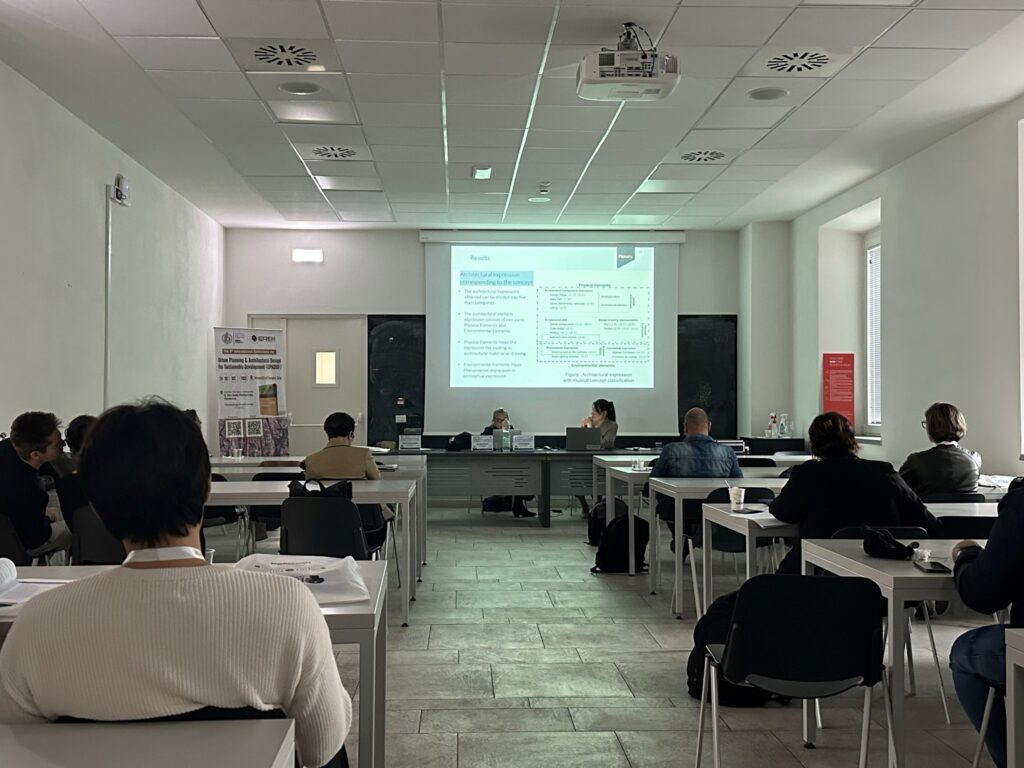Adopted Students' Successes
[Profile
Born in Chikushino City, Fukuoka Prefecture,1993Born in 1949, he holds a doctorate in engineering. His research fields are architectural history and design. The University of Kitakyushu's challenging research program for next-generation researchers, "Doctoral Program for Developing and Revitalizing the Community" (hereinafter referred to as "the Program"), was established in April 2009 and is administered by the University of Kitakyushu. Adoption period is2021counter for years (following a number in the hito-futa-mi counting system)12from month to month2024counter for years (following a number in the hito-futa-mi counting system)3He is currently an assistant professor at the Faculty of Systems Engineering, Wakayama University. He is currently an assistant professor at the Faculty of Systems Engineering, Wakayama University.
researchmap
https://researchmap.jp/6324
Academic background
2019counter for years (following a number in the hito-futa-mi counting system)3Graduated from the Department of Architectural Design, Faculty of International Environmental Engineering, The University of Kitakyushu in June.
2021counter for years (following a number in the hito-futa-mi counting system)3Completed Master's program in Architectural Design, Department of Environmental Engineering, Graduate School of International Environmental Engineering, The University of Kitakyushu
2024counter for years (following a number in the hito-futa-mi counting system)3Completed Doctoral program in Architectural Design, Department of Environmental Engineering, Graduate School of International Environmental Engineering, The University of Kitakyushu

Q1. what prompted you to apply for the program?
When I entered the doctoral program, I heard about the start of the program and applied for it, based on the recommendation of my advisor. I also wanted to take on a wide range of challenges in my career besides my research activities in the doctoral program, so I became interested in this program, which allows me to work with local communities while aiming to become a globally active researcher, and that is why I applied.
Q2. Being accepted into the program, you are now able to execute your research expenses as an individual. How did you make use of it?
I used the research funds to purchase necessary equipment, supplies, and references, as well as for field research in the U.S. and travel expenses for conference presentations. Being able to execute research expenses at my own discretion has facilitated my research activities and allowed me to use the funds flexibly. I feel that I was able to make significant progress in my research activities thanks to the research funding support provided by the program.
QThe program is characterized by its connection with the local community. Please tell us about any episodes in your activities during the adoption period in which you were able to establish such connections.
During the adoption period.nonprofit organizationI had an internship experience at the Kitakyushu Biotope Network Study Group and the Kitakyushu Municipal Museum of Art.nonprofit organizationIn the "Bamboo Forest Conservation" project, we worked on local bamboo forest conservation activities and felt a connection with the local community through activities aimed at a sustainable society, such as taking concrete actions in cooperation with local residents and working together to devise plans for environmental education.
The museum was involved in a project called "Art in Residence Project with Dangga Market as a motif" by inviting a Thai artist. I supported the artist's activities to create an artwork as a "memory of the city" based on the changing history of Tanggae Market and people's thoughts and feelings. I accompanied the artists for interviews and discussions, and served as their interpreter. It was a very valuable experience for me to hear directly from the local people about their thoughts on the ongoing redevelopment plan of Dangae Market.
Through these activities, we experienced the importance of practical involvement in local issues and how important it is to build a relationship of trust and network with local people for a sustainable society and cultural heritage. I would like to continue to utilize this experience to actively develop community-based activities in the future.

Q4. Please tell us about any experience you have gained through the program, such as conference presentations.
During the program, I had the opportunity to make various presentations. As for research presentations, I gave a presentation at an international conference, which was a valuable experience for me to disseminate the results of my research on architectural design theory and to receive feedback from diverse perspectives. This experience provided me with an opportunity to objectively reevaluate how my research is positioned, and I feel that I was able to reaffirm the direction of my research and its significance to society. The connections with researchers that I unexpectedly made at the international conference were also a special experience that I could only have had by participating in the conference.
Other.NGO CSW66 Parallel Event(a parallel event of the United Nations Commission on the Status of Women) and No.34We have also had the opportunity to present our work at the 3rd Asian Women's Conference and other conferences. At these occasions,nonprofit organizationThe participants gave presentations on environmental conservation activities and gender equality in the U.S., and learned the importance of continuing to actively communicate and collaborate with others, while being aware of both international and practical perspectives.

Q5. You are currently employed at the Faculty of Systems Engineering, Wakayama University.
I teach drafting exercise classes and supervise graduation theses and master's theses in the Architecture and Landscape major at the Faculty of Systems Engineering, Wakayama University. In my current position, I have to learn not only architectural design but also urban planning and landscape architecture, so I have a lot to learn every day, but I find it fulfilling to discover new things and realize new things. I am also engaged in many research activities in Osaka and the Kansai region, and through my research I am learning about the history of architecture and urban planning in the Kansai region, which is a new research theme for me.
While continuing my research in architectural design, my specialty, I am also interested in the preservation and renovation of buildings and the townscapes they create, so I plan to use my architectural license to pursue my research and practice. In the field of research, my goal is to become a researcher who can be active globally, both in Japan and abroad, while utilizing the network I have built up over the years. On the other hand, I would like to be involved in Fukuoka, where I grew up, and Wakayama, with which I am currently connected, while making use of what I have learned. My future vision is to make practical contributions to society that are linked to my research activities in architectural design and urban planning.
